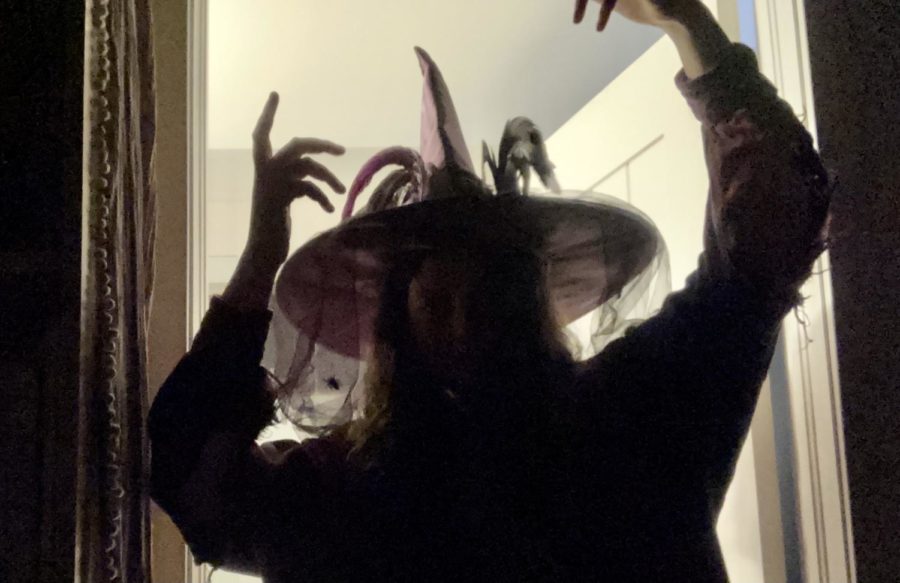The Legend, the Witch & the Women
Has the Halloween Witch moved from its origins as the symbol of antisemitism and misogyny?
“‘She turned me into a newt!’ ‘A newt?’ ‘Well I got better’” – Monty Python
Readers, please note: This article addresses the archetype of “the witch” in history and media, and does not group people who practice witchcraft into this category.
Every Halloween, one beloved character comes flying into movies, costume shops and whimsical decorations. The witch is just as much of a spooky staple as your standard ghost or skeleton, but her origins are fairly different. The archetype’s nefarious backstory is tangled in antisemitism and sexism, making her role in Halloween lore contentious at best.
The most famous European witches stem from the Brothers Grimm’s tales, whose antisemitism was anything but subtle. It ranged from absolutely blatant, such as The Jew in the Thorns, to dangerously secrete, like the witch in Rapunzel. (Disney, for the record, exemplified this; Mother Gothel engages in blood libel and has dark curly hair & a long hooked nose). Hansel & Gretl is yet another example of this- the witch lures good German children into her house and attempts to cook them, another standard case of blood libel. These witches are all fairly similar; they have long, ugly noses, are neurotic, and are obsessed with harming children (whether by eating, extracting their blood, or killing them).
In 1692, Salem, Massachusetts, began its series of hallucinogenic-inspired (as reported by Discover Magazine) witch trials.This phenomenon wasn’t new- Europe had been regularly sentencing women for un-Christian acts for decades. Women were seen as more vulnerable to the Devil because of their inherent sexuality, according to TIME Magazine. Once a woman was sentenced as a witch, which happened about 20% of the time, she was hanged. Her accusers tended to be fellow middle-aged women, although the courts were unsurprisingly ruled by men. Fueled by religious fervor, misogynistic witch hunts raged on.
Throughout the years, the witch took on a new form. Media like Hocus Pocus, Harry Potter and The Blair Witch Project turned the character of the witch into another member of the spooky Halloween ensemble. Now, witches that “flew into the tree” pop up around neighborhoods and Google Doodles. While these archetypes mean no harm, they can be difficult to wrap one’s head around in the context of the historical witch. Is it worth preserving this character despite its background?
Well, yes. Historic European misogyny and antisemitism aren’t just living vicariously through witches, but exist in all sorts of facets of society; to try and get rid of them would mean rebuilding an entirely new system. Instead, it seems more practical to take your witch-infused media with a grain of salt. Recognize where tropes and archetypes come from; not to avoid them per say, but to mitigate the likelihood that you’ll engage with them in a way that reflects their questionable backgrounds.

Hannah (rhymes with fauna!) Cohen is ecstatic to be working on the Owl for her third and final year. She loves stories in all their forms, but she mostly has opinions on obscure podcasts and which New York Times opinion columnists are defacing the good name of journalistic analysis. When not busy with stumbling through sheet music, editing nonfiction for jGirls+ Magazine, or seeking out the cheapest bluegrass venue, Hannah enjoys wandering around the mountains with her friends and lovely labradoodle. Although she's slightly preferential to the sweeter, more robust taste of red grapes, she knows that the bliss of biting into a crunchy grape transcends color.


